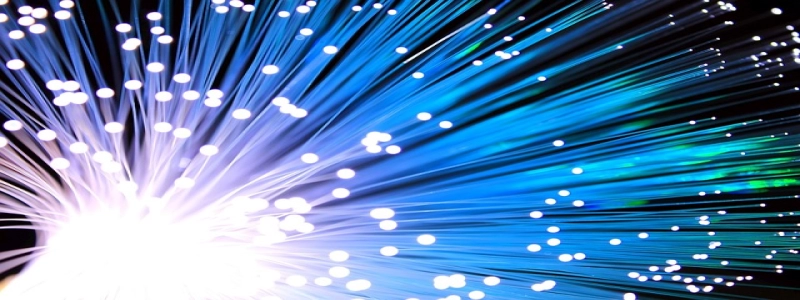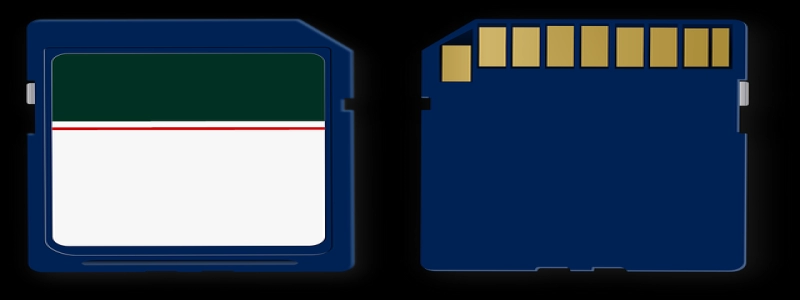Ethernet Passive Optical Network (EPON) is a telecommunications technology that uses a point-to-multipoint topology, enabling the distribution of data signals over optical fiber and providing high-speed internet access to subscribers. EPON has become increasingly popular due to its ability to handle large bandwidth demands and its cost-effectiveness.
I. Introduction
EPON is a form of optical access technology that utilizes Ethernet as the main protocol for data transmission. It offers a reliable and efficient way of delivering broadband services to both residential and business users. EPON combines the advantages of Ethernet technology with the high capacity and long reach of optical fiber, making it an ideal solution for the growing demand for high-speed internet access.
II. Architecture
EPON consists of three main components: the Optical Line Terminal (OLT), the Optical Network Unit (ONU), and the Optical Distribution Network (ODN). The OLT serves as the central hub, managing the communication between the ONU devices and the external network. The ONU devices, located at the subscriber’s premises, act as the interface between the user and the OLT. The ODN consists of passive optical splitters that distribute the signals from the OLT to multiple ONUs.
III. Working Principle
EPON uses a time-division multiple access (TDMA) technique to allocate time slots to each ONU, ensuring efficient utilization of the available bandwidth. The OLT assigns specific time slots to each ONU for upstream and downstream transmission, enabling simultaneous bidirectional communication. This method effectively eliminates collisions and maximizes the network capacity.
IV. Benefits
EPON offers several advantages over traditional copper-based technologies:
– High Bandwidth: EPON can provide gigabit-level speeds, allowing for the delivery of bandwidth-intensive applications such as video streaming, online gaming, and cloud computing.
– Long Reach: With a maximum reach of up to 20 kilometers, EPON can cover large areas without experiencing signal degradation.
– Cost-Effectiveness: EPON utilizes passive optical splitters and Ethernet technology, which are relatively inexpensive compared to other fiber-based alternatives.
– Scalability: EPON networks can easily be expanded by adding more ONUs and splitters, providing flexibility for future growth and capacity requirements.
– Reliability: Optical fiber is less susceptible to interference and signal degradation, ensuring a stable and consistent internet connection for subscribers.
V. Applications
EPON is widely used in various applications, including:
– Residential Broadband: EPON enables service providers to deliver high-speed internet access to homes, supporting multiple devices and bandwidth-intensive activities.
– Enterprise Connectivity: EPON can provide reliable and secure connectivity for businesses, allowing them to efficiently transmit large amounts of data and operate cloud-based applications.
– Mobile Backhaul: EPON can be used as a cost-effective solution for transporting mobile network traffic, supporting the growing demand for mobile broadband services.
VI. Conclusion
Ethernet Passive Optical Network is a versatile and cost-effective technology that uses a combination of Ethernet and optical fiber to deliver high-speed internet access. EPON offers numerous benefits, including high bandwidth, long reach, scalability, and reliability. As the demand for faster and more reliable internet connections continues to grow, EPON is expected to play a significant role in meeting these requirements.







